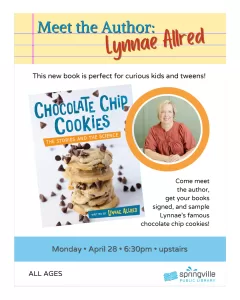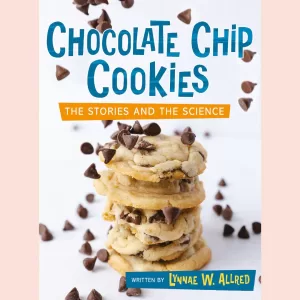Even grownups play, and one of the ways I have always “played” as an adult is via my hobby of collecting family stories, or what I call “living history.” I think many families have someone who kind of inherits the job of being the family historian. I don’t think it’s a job anyone asks for or is assigned to do. It just sort of happens naturally. The family historian will be someone in the family who gets a charge out of collecting and documenting the family story.
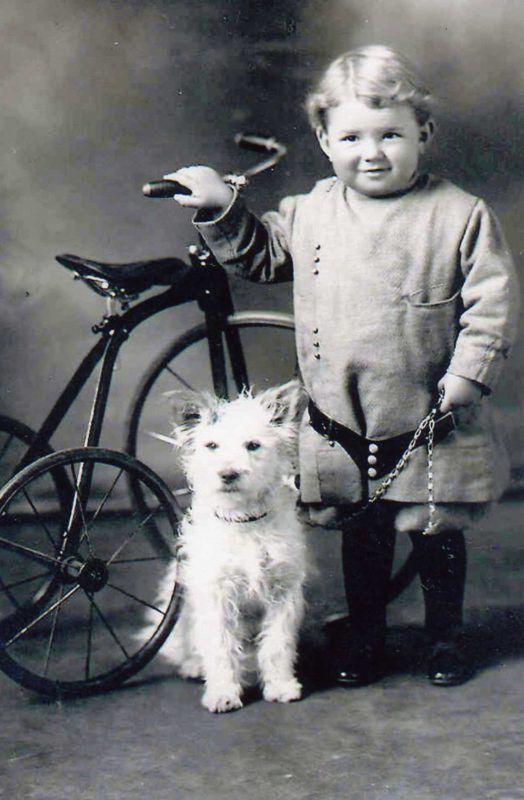
Who is your family historian?
This individual isn’t afraid of taking pictures of people even when it annoys them. He is the uncle that’s documenting dates or saving copies of programs from your high school graduation when you happily throw them away right after the meeting. She is the aunt with a large file cabinet somewhere in the house full of genealogy or a folder on the computer hard drive labeled “family stuff.” Perhaps your family historian is the cousin your whole family depends on to organize the family reunion. He sends you emails with copies of family documents or nags you about updating family information on one of dozens of family history websites. This person might even do crazy stuff like clipping obituaries of people he’s not related to. She labels the family heirlooms in the house with names and dates, and who should inherit them.
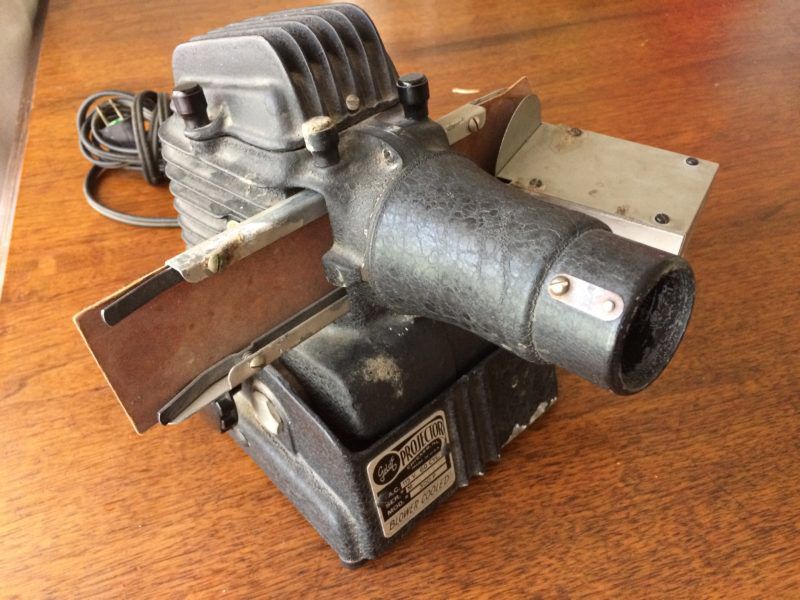
I’m pretty sure this is a genetic disorder because you can usually trace the line of it in your family ancestry (although only the family historians do that kind of thing in the first place). If it is a genetic disorder, I know I have it. I am one of the family historians, but not in the purest sense of the word because I don’t get excited about poring over old national census records or indexing documents found on rolls of microfiche at the local family history library. My preference, as I have said, has always been collecting LIVING history from people who are still alive, as opposed to sleuthing out historical facts about people who are dead. Living history buffs get excited about this kind of thing:
Living History Examples: Documenting The Ancestral Family Home
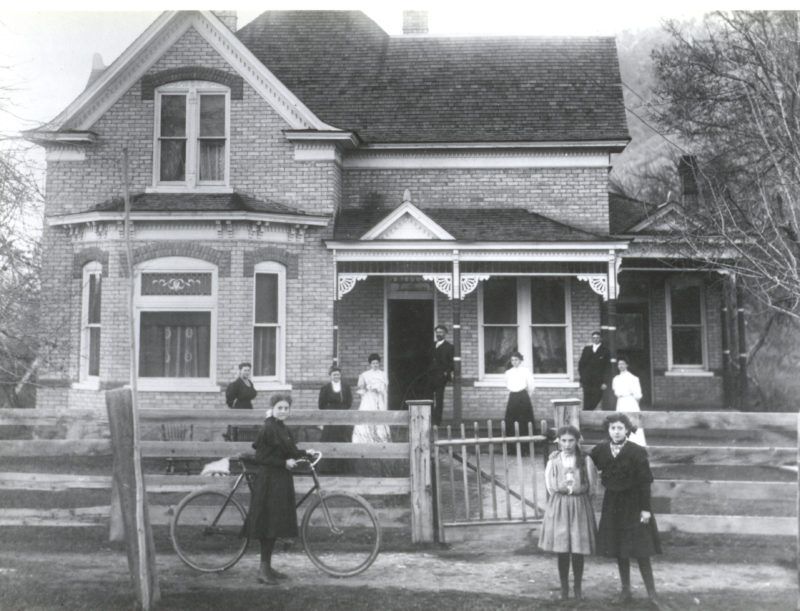
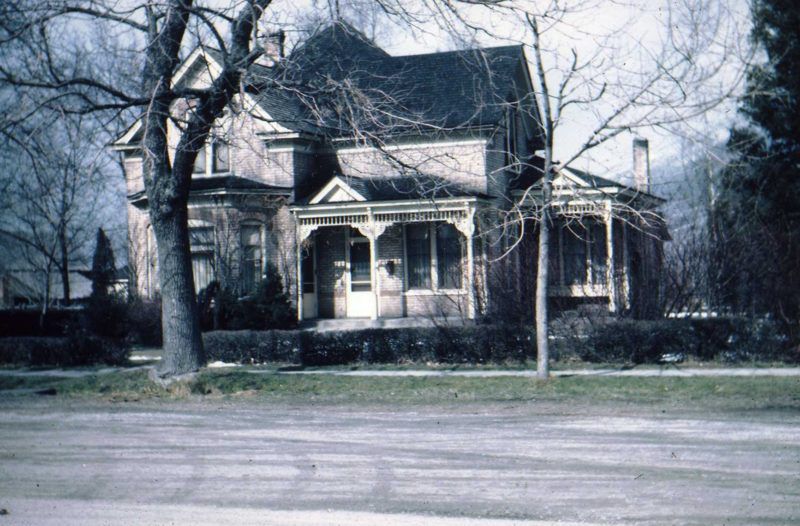
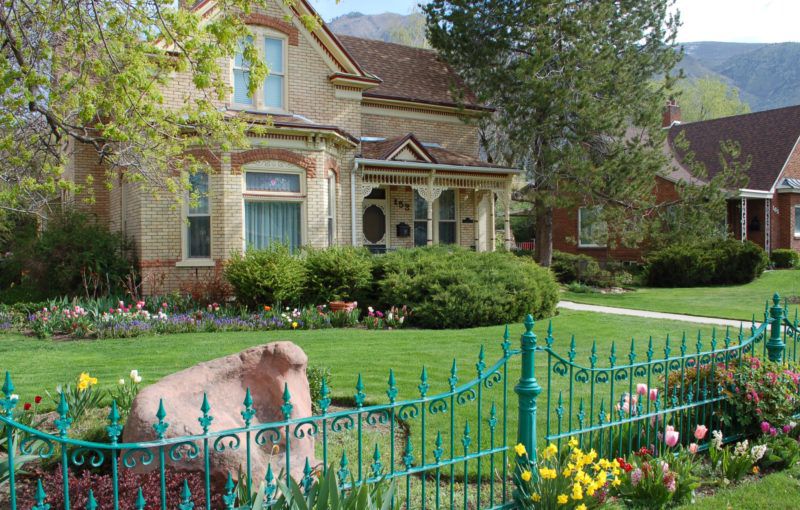
Specifically, I love oral histories. When I was a young mother, I hauled a borrowed video camera the size of a briefcase to my Grandparents’ home across town. There, I spent an hour interviewing them about their lives. My Grandpa was not feeling especially well, and within days of my visit, he fell ill. He never really regained his strength, and within a year, he passed away. I’ve always been grateful that the impression to visit him and record his story came when it did because it was my last opportunity to document his story in his own words. Today I finished editing the first segment:
Harold J. Whiting Living History – September 1989
I’m including Grandpa’s story here because in the course of working on it, I’ve realized that a post about my Grandpa’s childhood has as much to do with the concept of “play” as do my other posts on playing board games on Sunday nights or what bathtub toys a parent should invest in. As the piggybackrides.org website grows, my understanding of its purpose is also evolving. I am a play enthusiast and a living history enthusiast because both are powerful methods of creating family connections. And family connections are what makes us happy.
I play with video cameras and HTML code and words. My personal brand of play sometimes involves baking cookies with my grandkids. But sometimes it takes the form of collecting photos of other people’s family heirlooms, crafting the perfect question that will draw out the perfect story, and listening to people tell what their most pressing life challenge has been.

